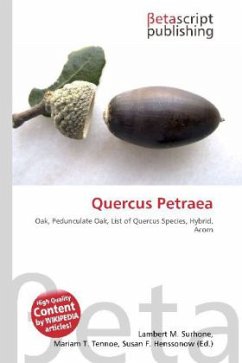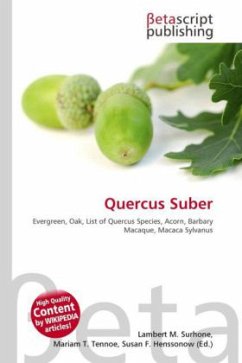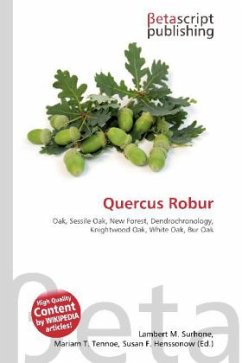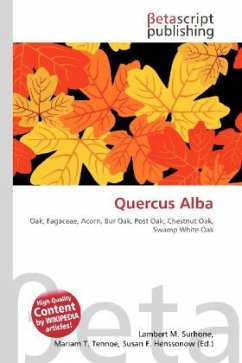Please note that the content of this book primarily consists of articles available from Wikipedia or other free sources online. The Sessile Oak (Quercus petraea, or Quercus sessiliflora), also known as the Sessile or Durmast Oak, is a species of oak native to most of Europe, and into Anatolia. The Sessile Oak is a large deciduous tree up to 20-40 m tall, in the white oak section of the genus (Quercus sect. Quercus) and similar to the Pedunculate Oak, Q. robur, with which it overlaps extensively in range. The leaves are 7-14 cm long and 4-8 cm broad, evenly lobed with five to six lobes on each side, and a 1 cm petiole. The flowers are catkins, produced in the spring. The fruit is an acorn 2-3 cm long and 1-2 cm broad, which matures in about 6 months. Significant botanical differences with Pedunulate Oak Quercus robur include the stalked leaves, and the stalkless (sessile) acorns, from which one of its common names is derived. It is found more often than the Quercus robur in uplandareas with higher rainfall, but also with lighter soils with better drainage. Hybrids with the Quercus robur are often found, and are named Quercus × rosacea; they are intermediate in characters.








